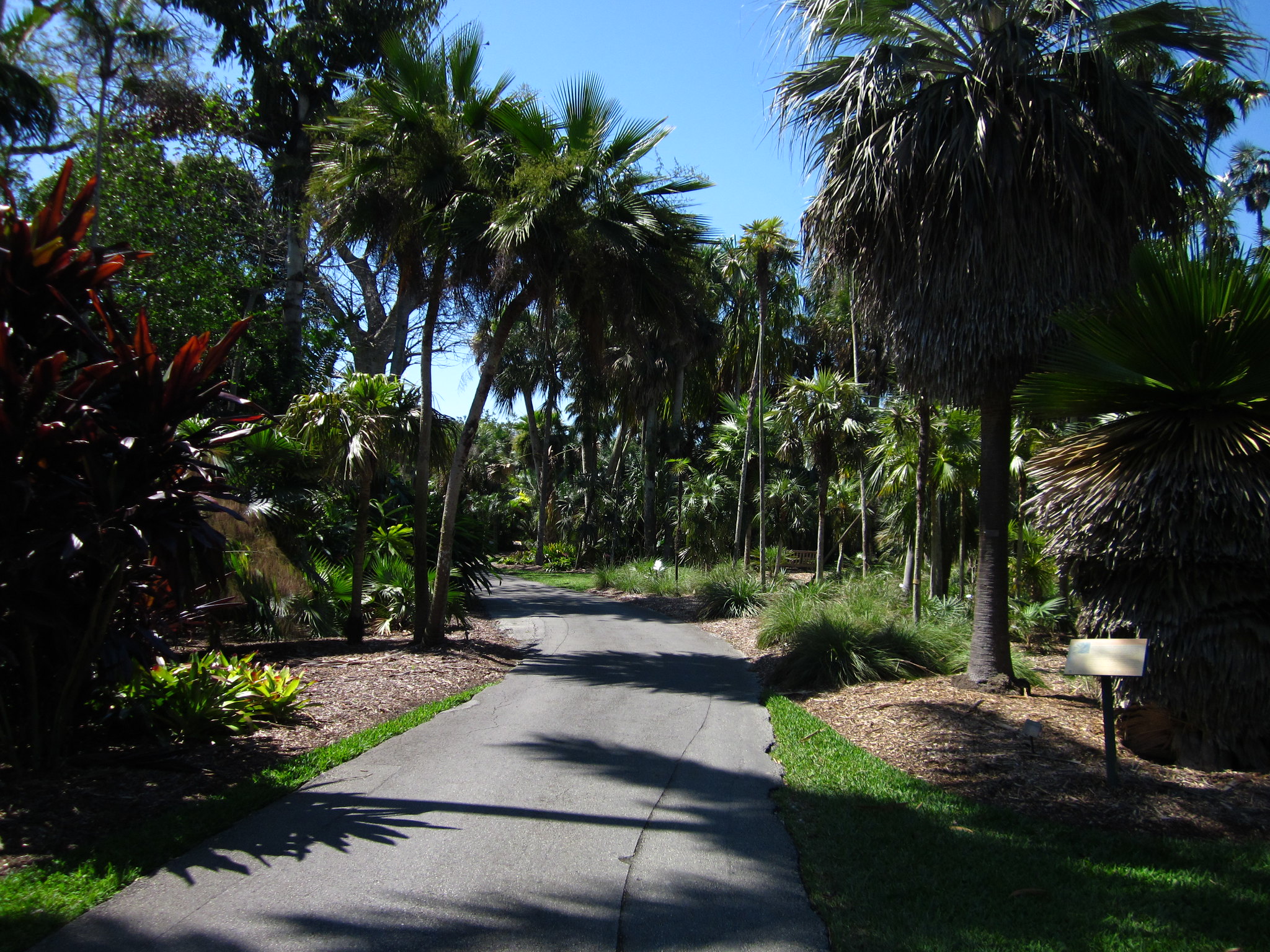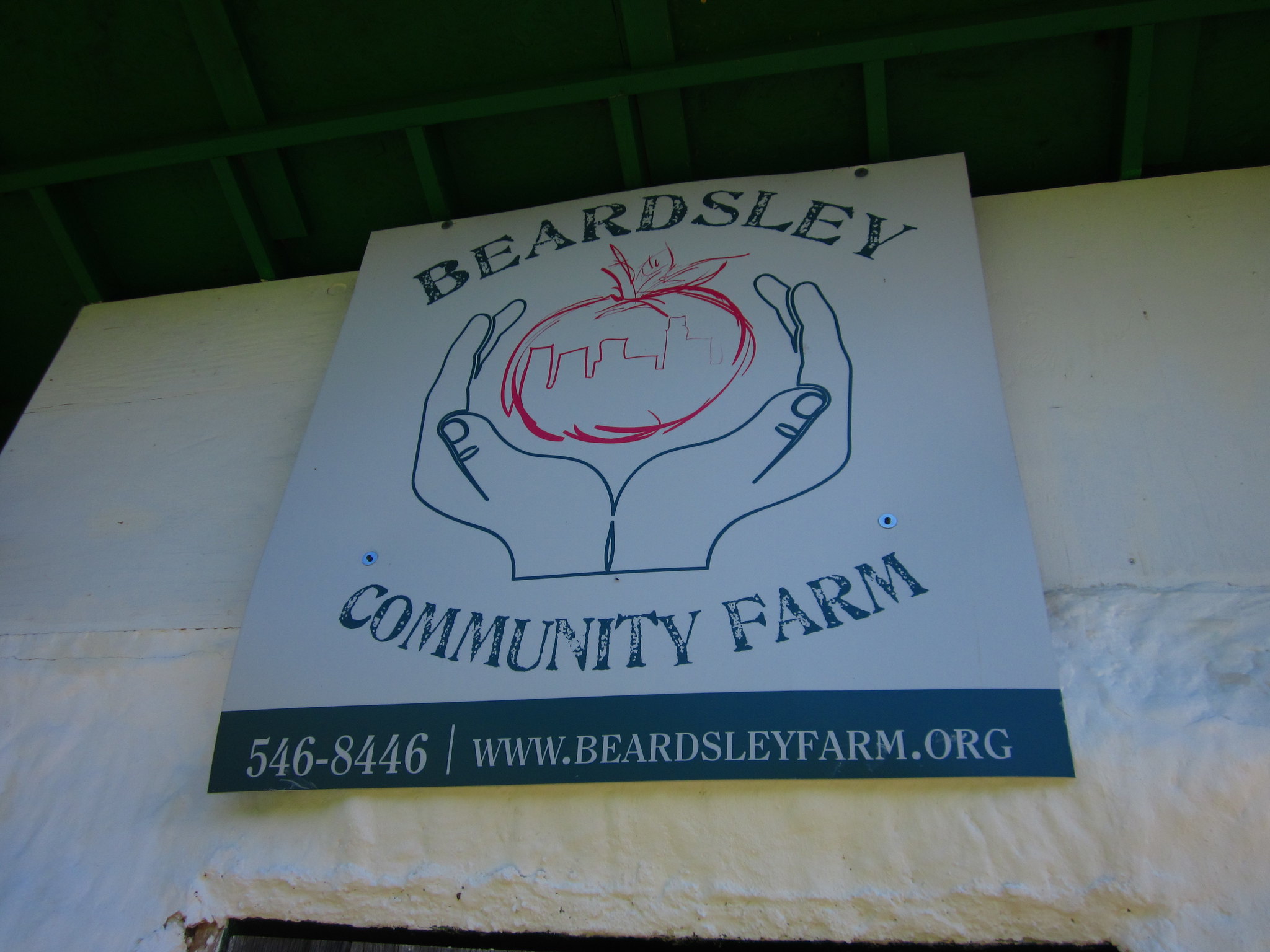 |
| Wings of the Tropics exhibit at Fairchild |
Last winter, I satisfied that desire by making a trek down to Miami to see the Fairchild Tropical Botanical Garden. I got a special tour from my friend Nathan who had just finished an internship with the Fairchild. Although the weather in Knoxville was frightful, Miami was muggy and in the high 70's, and everything was bursting with life.
During his internship, Nathan helped install the new "Wings of the Tropics" exhibit. I'd been following the progress on Facebook, and I was really pleased to visit in person. Visitors are able to closely observe thousands of tropical butterflies as they flutter about the 25,000 square foot pseudo-conservatory. If you've ever visited an established conservatory, like the one at the U.S. Botanic Garden, Missouri Botanic, etc., then you can recall images of towering trees arching toward the ceiling.
 |
| Wings of the Tropics exhibit at Fairchild |
The exhibit included a babbling brook, feeding stations, host plants to support the butterfly population, and a window into a laboratory where larvae and chrysalises are nurtured as replacements. At a set time every day, visitors had the opportunity to release freshly emerging butterflies into the main house. With wet crumpled appendages, the butterflies would crawl onto an extended finger, and wait until their bodies dried in the sunshine. After a moment or two, they would unfurl their wings and fly off in search of nectar.
 |
| Nathan strikes a pose with some papayas he'd planted during his internship |
Some of my other favorite areas included the Palm and Cycad Collection that showcases more than 1500 palms, the Keys Coastal Habitat where we tromped through a couple of mangroves and listened for birds, and Richard H. Simons Rainforest. Flower spikes of various orchids reached from tree branches, like a cat pawing for attention. A creek cheerily sang through dappled shade. Overhead, some kind of a hawk rested in the branch of a tree.
In addition to plant conservation and collection, the Fairchild also offers an artistic outlet. There are a few Chihuly pieces on the property, within the Tropical Plant Conservatory and out on the grounds. The "Sitting Naturally" exhibit, profiled in the ever popular Garden Design magazine, was on display during our visit. Down near the mangroves, past the "Sausage Tree", a marble carving class was in session.
Water fountains were interspersed around the property, and cold drinks were available at drink stands. Peckish visitors were able to satisfy their hunger at the Glasshouse Cafe, Lakeside Cafe, or could grab some Starbucks coffee and a pastry at the Shops at Fairchild. There were also several buildings equipped with clean restrooms.
All in all, it was a really fantastic visit. The staff was friendly and knowledgeable, the grounds were vibrant and well tended, and I actually forgot that it was the middle of winter. My main suggestion is that when you plan your trip, bring weather appropriate clothes, a hat, and comfortable walking shoes. You'll have more fun if you're dressed comfortably. Sunscreen and sunglasses may also come in handy.
Other important considerations when planning your visit:
- Hours of operation: 7:30 a.m. to 4:30 p.m.
- Admission:
- Adults: $25
- Seniors: $18
- Youths age 6 to 17: $12
- Children age 5 and under: Free
- Fairchild Members: Free
- Parking: Free
- Accessibility:
- Wheelchairs are available to use free of charge, and may be borrowed from any garden entrance point.
- Shuttle service is available to various points of the garden.
- Tram tours of the garden are available.
- Trams are equipped with two hearing aids for hearing impaired visitors.
- Pets:
- Pets are not permitted on the property, with the exception of "Dog Day" and "Howl-O-Ween".
- Service animals are permitted on the property.
Special thanks to my cohort Nathan for inspiring the visit with his Facebook updates, for giving me the ground tour and journeying to the end of I-95 with me. Also thanks to my grandparents who put me up at their home in Florida.
To see more of my photos from our trip to the Fairchild Tropical Botanic Garden, be sure to check out my flickr set.
If you have any questions, ideas, or suggestions, please feel welcome to leave a comment on this post or shoot me an email.
Tell us about a visit to a tropical horticultural destination, real or planned. Where would you go? What would you do?
 |
| This Chihuly glass piece complements the colorful goldfish in the Tropical Plant Conservatory |
 |
| The Palm and Cycad collection is home to more than 1500 palms and 350 cycad |
 |
| For anyone wondering just what exactly a Sausage Tree looks like... |









